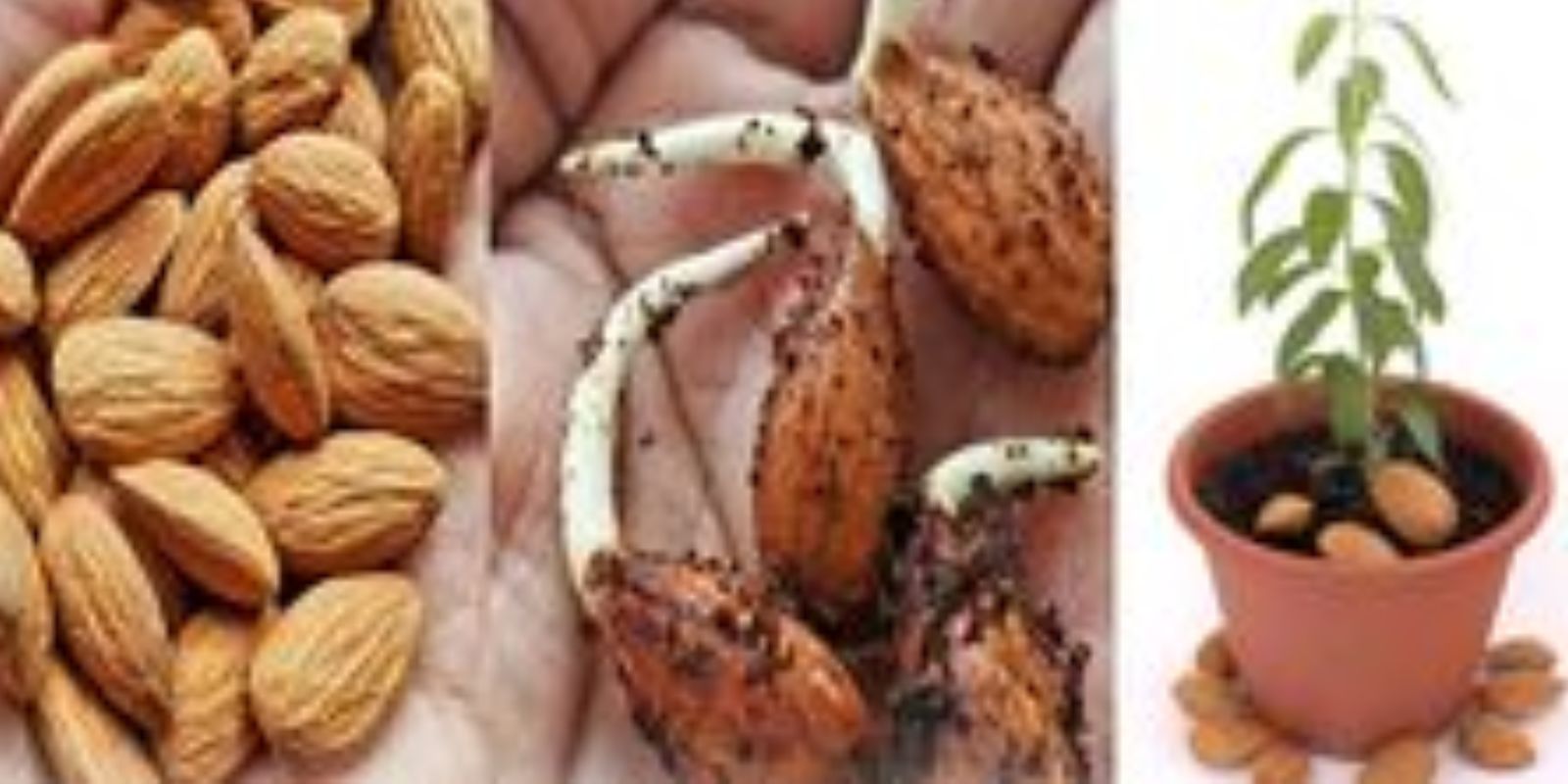Growing an almond tree from seeds is a rewarding journey that allows you to connect deeply with nature and witness the marvels of plant growth firsthand. Almonds are not only delicious and nutritious nuts but also come from stunning trees that bloom with delicate white or pink flowers in early spring. Whether you’re a seasoned gardener or a curious beginner, cultivating an almond tree from seeds at home can be an enriching experience. In this comprehensive guide, we’ll explore everything you need to know to successfully germinate, nurture, and grow your own almond tree.
Introduction: Embracing the Beauty and Bounty of Almond Trees
Imagine strolling through an orchard filled with almond trees, their branches laden with clusters of fragrant blossoms that herald the promise of a bountiful harvest. Almond trees (Prunus dulcis) are native to the Mediterranean climate regions but can be grown in various temperate climates worldwide. Known for their iconic nuts, almonds are also prized for their ornamental value, making them a desirable addition to any garden landscape. By growing an almond tree from seeds, you not only cultivate a source of delicious nuts but also contribute to the natural beauty and ecological diversity of your surroundings.
Understanding Almond Tree Growth: From Seed to Sapling
1. Selecting Almond Seeds:
Start your journey by obtaining fresh almond seeds, which are typically found inside the hard shell of the almond fruit. Look for fully matured almonds with intact shells, as viable seeds are essential for successful germination.
2. Seed Preparation:
To improve germination rates, soak the almond seeds in room-temperature water for 24 to 48 hours. This softens the seed coat and encourages quicker sprouting when planted in soil.
3. Germination Process:
Once soaked, plant the almond seeds in pots or seed trays filled with well-draining potting soil. Plant each seed about 1 to 2 inches deep, covering it lightly with soil. Place the pots in a warm, sunny location such as a south-facing window or a greenhouse.
4. Care and Maintenance:
- Watering: Keep the soil consistently moist but not waterlogged. Almond seeds require adequate moisture for germination and early growth.
- Light and Temperature: Provide ample sunlight or artificial grow lights for at least 6 to 8 hours daily. Almond trees thrive in full sun and temperatures between 60°F to 80°F (15°C to 27°C).
- Transplanting: As seedlings grow, transplant them into larger pots or directly into the garden once they reach a height of 6 to 12 inches. Choose a well-drained location with fertile soil for optimal growth.
Cultivating Your Almond Tree: Tips for Success
1. Soil Requirements:
Almond trees prefer well-draining, sandy loam soil with a slightly acidic to neutral pH (around 6.0 to 7.5). Avoid heavy clay soils that can retain too much water and potentially cause root rot.
2. Fertilization:
During the growing season, fertilize young almond trees with a balanced fertilizer rich in nitrogen, phosphorus, and potassium. Apply fertilizer sparingly to avoid nutrient imbalances that can affect growth.
3. Pruning and Training:
Prune almond trees during dormancy to shape the canopy, remove dead or diseased branches, and encourage airflow. Training young trees with proper pruning promotes healthy growth and higher nut production as they mature.
4. Pollination Considerations:
Almond trees are predominantly self-pollinating but benefit from cross-pollination for optimal fruit set and yield. Consider planting multiple almond trees or other compatible fruit trees nearby to ensure adequate pollination.
Harvesting Almonds: Patience Rewarded
1. Flowering and Nut Development:
Almond trees typically begin to flower in early spring, producing beautiful pink or white blossoms that attract pollinators. After successful pollination, the flowers develop into almond nuts contained within a leathery hull.
2. Maturation and Harvest:
Almonds mature and ripen over the summer months, with nuts ready for harvest in late summer to early autumn. Harvest almonds by shaking branches gently or using mechanical shakers to dislodge ripe nuts from the tree.
3. Enjoying Fresh Almonds:
Once harvested, almonds can be enjoyed fresh or dried for longer storage. Remove the hulls and allow the nuts to air dry before storing them in a cool, dry place to maintain freshness and flavor.
Embracing Sustainability and Connection
Growing an almond tree from seeds not only yields delicious nuts but also fosters a deeper connection with nature and promotes sustainable gardening practices. By nurturing a young almond tree, you actively contribute to biodiversity and green spaces, enhancing the ecological health of your local environment. Share your journey with friends and family, inspiring others to embark on their own gardening adventures and discover the joys of growing almonds at home.
Conclusion: Nurturing Nature’s Bounty
In conclusion, cultivating an almond tree from seeds is a fulfilling endeavor that rewards patience, care, and a love for gardening. From the humble beginnings of a seed to the flourishing canopy of a mature tree, each stage offers opportunities for learning and appreciation of the natural world. Whether you dream of harvesting your own almonds or simply wish to adorn your garden with a stunning ornamental tree, growing almonds at home is a testament to the beauty and resilience of nature. Start your almond-growing journey today and reap the rich rewards of nurturing a tree that gives back in abundance. Happy gardening!

